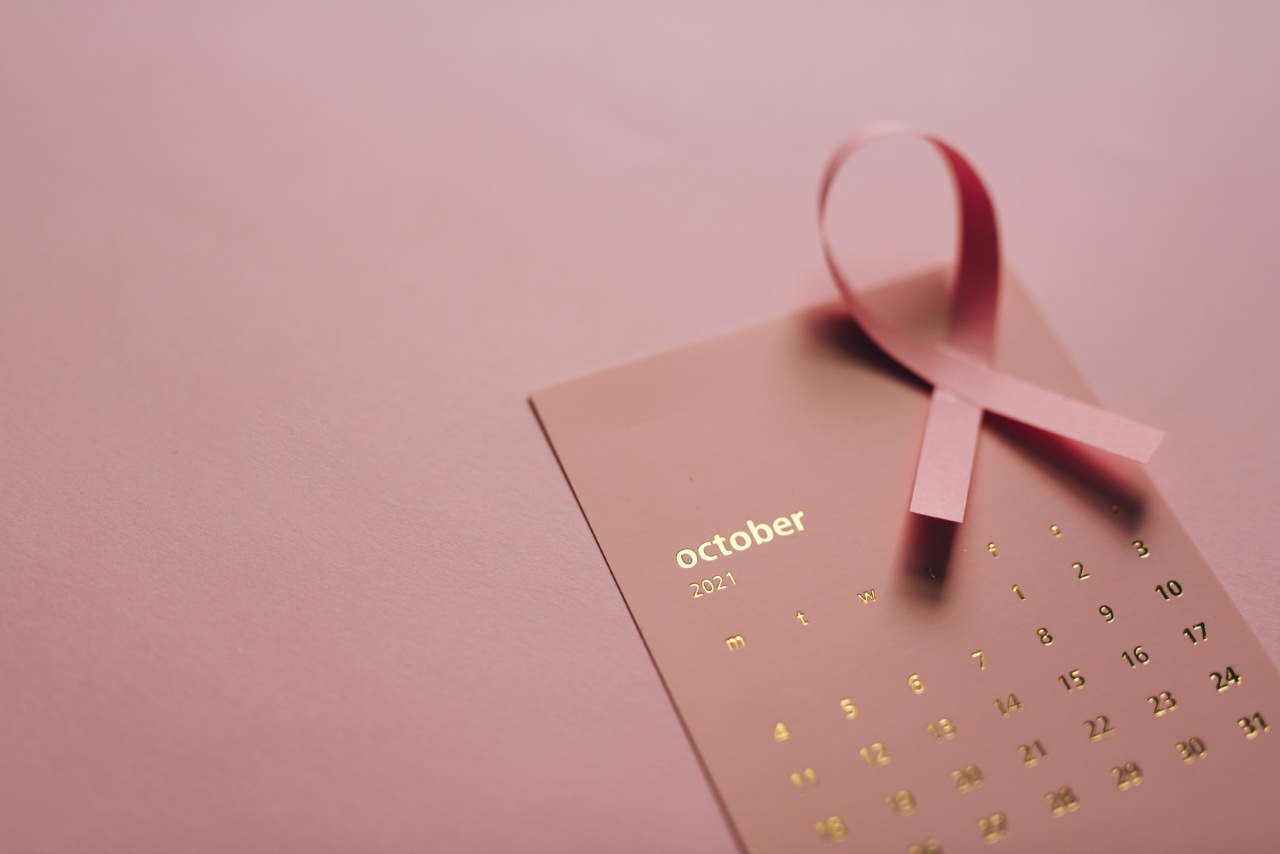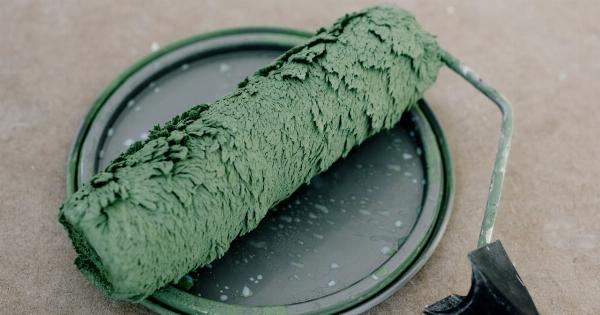Cancer is a disease that affects millions of people around the world, and while some of its risk factors are well-known, there are many ways you may be increasing your risk of cancer without even realizing it.
Listed below are ten uncommon ways in which you can increase your risk of cancer.
1. Using Ceramic Cookware
Ceramic cookware may seem like a healthy option since it is free of chemicals like Teflon, but it can actually pose a cancer risk.
The glaze on ceramic cookware may contain lead or cadmium, which can leach into your food and increase your risk of cancer. This is especially true if the glaze is chipped or cracked. To reduce your risk, choose cookware with a high-quality glaze or opt for stainless steel or cast iron cookware.
2. Taking Long Hot Showers
Taking long, hot showers may feel luxurious, but it can cause more harm than good. The hot water can strip your skin of its natural oils, leading to dryness and irritation. This can increase your risk of skin cancer, especially if you have fair skin.
To reduce your risk, take shorter, cooler showers and apply moisturizer to your skin after bathing to keep it hydrated.
3. Drinking Too Much Soda
Soda is a popular beverage, but consuming too much of it can increase your risk of cancer. Soda is high in sugar, which can lead to obesity, a risk factor for many types of cancer.
Additionally, the caramel coloring used in many sodas has been linked to cancer in animals. To reduce your risk, limit your soda consumption and opt for healthier drinks like water, tea, or freshly squeezed juice.
4. Eating Burnt Food
Charred or burnt food may taste delicious, but it can also be harmful to your health.
When meat, fish, or poultry is grilled or fried at high temperatures, it can produce carcinogens like heterocyclic amines (HCAs) and polycyclic aromatic hydrocarbons (PAHs), which can increase your risk of cancer. To reduce your risk, cook your food at lower temperatures, flip it frequently, and trim any charred or burnt pieces before eating.
5. Using Hair Dye
While many people use hair dye to enhance their appearance, it can also be a cancer risk. Some hair dyes contain chemicals like para-phenylenediamine (PPD) and ammonia, which can damage your DNA and increase your risk of cancer.
To reduce your risk, opt for natural hair dyes or highlights, or consider skipping hair dye altogether.
6. Using Antibacterial Soap
While it may seem like a good idea to use antibacterial soap to kill germs, it can actually harm your health. Antibacterial soaps and other products contain triclosan and triclocarban, which can disrupt your hormones and increase your risk of cancer.
To reduce your risk, choose natural soap, and wash your hands frequently with warm water and regular soap.
7. Sleeping with Electromagnetic Devices
Many of us sleep with our electronic devices next to us, but this can be a cancer risk. Exposure to electromagnetic radiation from devices like cell phones, laptops, and tablets can increase your risk of cancer, especially brain cancer.
To reduce your risk, keep your electronic devices away from your bed, and turn them off or put them on airplane mode when you’re not using them.
8. Using Plastic Containers
Plastic containers are convenient for storing food, but they can also pose a cancer risk.
Some plastics, especially those labeled as “microwave safe,” contain chemicals like bisphenol A (BPA) and phthalates, which can leach into your food and increase your risk of cancer. To reduce your risk, opt for glass or stainless steel containers and avoid reheating food in plastic containers.
9. Using Air Fresheners
Many people use air fresheners to keep their homes smelling fresh, but they can also be harmful to your health. Air fresheners contain chemicals like formaldehyde, benzene, and naphthalene, which can increase your risk of cancer.
To reduce your risk, opt for natural air fresheners like essential oils or fresh flowers, and open your windows to let in fresh air.
10. Being Overweight or Obese
Being overweight or obese is a well-known risk factor for cancer, but many people may not realize just how much it can increase their risk. Obesity can lead to a host of health problems, including diabetes, heart disease, and cancer.
To reduce your risk, maintain a healthy weight through a balanced diet and regular exercise.





























